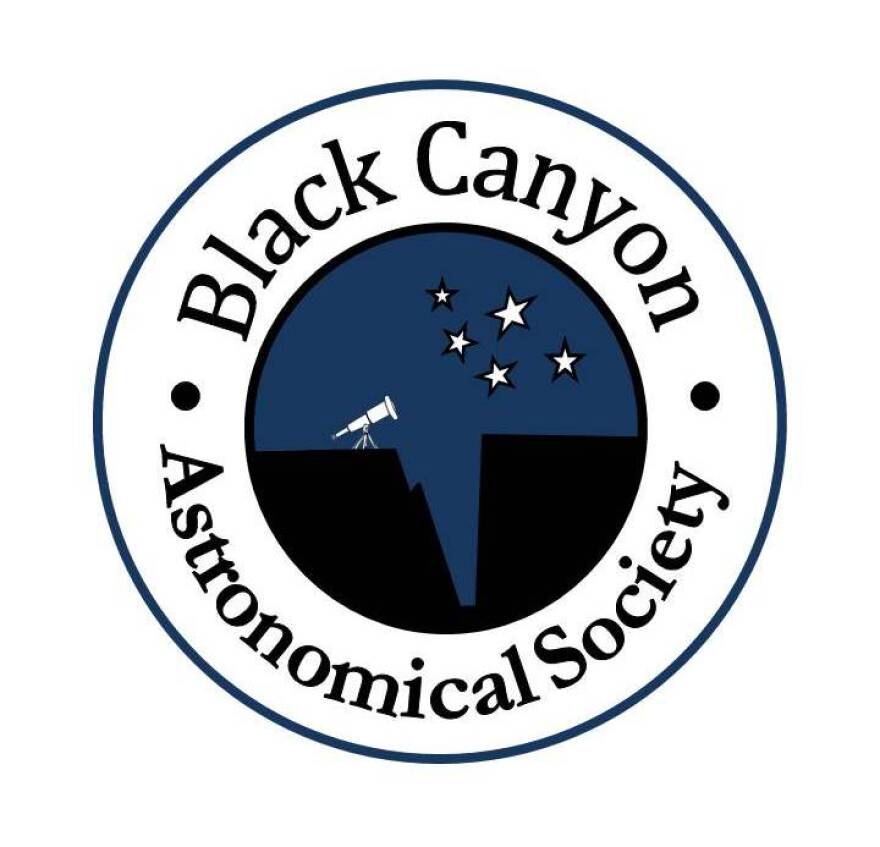Most of us can probably recall the childhood tale of “Goldilocks and the Three Bears,” in which that finicky young girl insisted that her porridge be “not too hot, and not too cold, but just right.” As it turns out, Earth may be equally persnickety. At a distance of about 93 million miles from the sun, our planet falls within the bounds of what astronomers have nicknamed “The Goldilocks Zone.” This term identifies the orbit around a star that is “not too hot, and not too cold, but just right.”
The mild temperature allows for the possible presence of liquid water. If the Earth was too close to the sun, its water would evaporate, and if it was too far from the sun, its water would freeze. Evaporated or frozen water is still of interest, though the search has traditionally been for liquid water. Astronomers focus their search in the “Goldilocks Zones” of other stars as they scour the cosmos for other living things.
Yet, just as warm porridge doesn’t guarantee a tasty breakfast, the right temperature on a planet is not enough to ensure conditions for life. Planets must actually have water in the first place. Additionally, astrobiologists look for planets with a magnetosphere to protect the planet from solar radiation and atmospheres that help trap heat and that have the right chemical composition to allow life to persist.
All this to say, we only know how to search for the types of life we are familiar with. Perhaps our “Goldilocks” search criteria is preventing us from finding more exotic forms of life. Some suggest we expand our search to include objects like Europa, an icy moon of Jupiter. Though outside the “Goldilocks Zone,” such objects have subsurface oceans.
In the great search for life on other planets, we have so far come up empty-handed. While that may change in the future, what we do know is that Earth’s distance from the sun, plus its rocky nature, magnetosphere, and atmosphere have combined to allow this planet to teem with life. And even if we do one day find life elsewhere, it is unlikely to match the life found on our home planet. From the vantage point of outer space, the uniqueness of the Earth becomes evident. One astronaut expressed that he was even “terrified by [the Earth’s] fragile appearance.” What we have here is indeed special, delicate, and worthy of our gentle care, in a place that happens to be “just right.”

You’ve been listening to Western Slope Skies, produced by members of the Black Canyon Astronomical Society. This episode was written and recorded by Gina Poulson, park ranger at Black Canyon of the Gunnison National Park.


